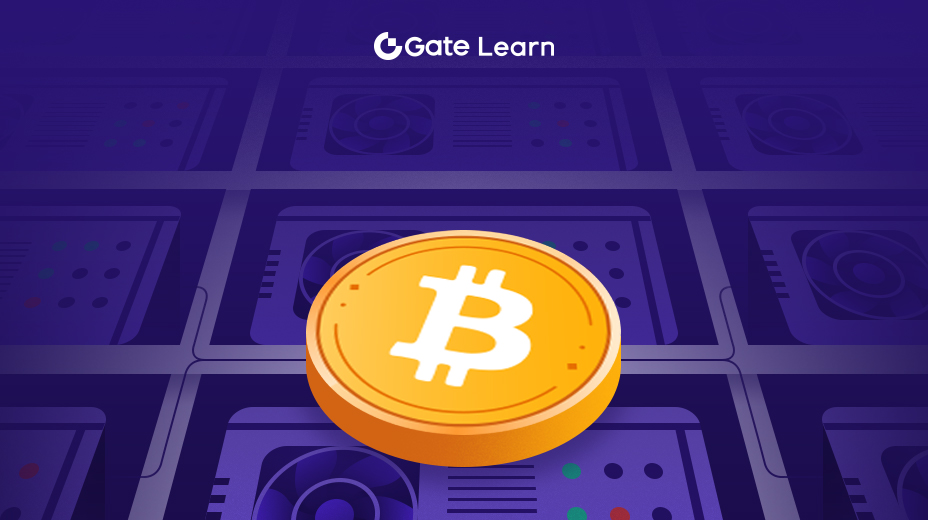سلسلة كتل Waves وعملة WAVES
سيقوم هذا المقال بالتحقيق بعمق في البنية التحتية التقنية لمنصة Waves، بما في ذلك هيكلها ذو الطبقتين، وآلية التوافق (إثبات الحق في الإيجار)، وكيفية تعزيز هذه العناصر أمان الشبكة وكفاءة التداول.
السمات الرئيسية

وظيفة مزدوجة
تجمع منصة Waves بشكل فريد بين قدرات العملات المشفرة والبورصات اللامركزية (DEXs) في حل blockchain شامل مناسب لحالات الاستخدام المتعددة. يمكن للمستخدمين إنشاء وإدارة الرموز المميزة المخصصة الخاصة بهم بسرعة وكفاءة ، والتي يمكن استخدامها لمجموعة متنوعة من الأغراض مثل جمع التبرعات وبرامج الولاء وترميز الأصول. العملية برمتها مبسطة ، مما يسهل على المستخدمين ذوي المعرفة التقنية المحدودة إصدار رموز جديدة.
منصة تداول غير مركزية (DEX)
تعتبر Waves DEX جزءًا هامًا من نظام Waves البيئي، مع التركيز على أمان المستخدم والسيطرة على الأصول. على عكس التبادلات التقليدية، Waves DEX غير مؤمن ويسمح للمستخدمين بالتحكم الكامل في مفتاحهم الخاص وأموالهم. يأتي DEX مزودًا بمحرك تطابق سريع يمكنه معالجة أوامر الشراء والبيع بسرعة، مما يضمن السيولة ويوفر تجربة تداول سلسة. كما يدعم تداول عدة عملات رقمية، وليس مقتصرًا على رموز منصة Waves فقط، وتكون رسوم التداول منخفضة وثابتة لكل أمر، مما يجعلها خيارًا أقتصاديًا بالنسبة للبدائل الأخرى مع تقلبات رسوم التداول الكبيرة.
الأساس التقني
تعتمد Waves على هيكل ثنائي يتكون من العقد الكاملة والعقد الخفيفة للحفاظ على شبكتها. يعمل هذا الهيكل على زيادة قابلية التوسع والسرعة، مما يضمن سلاسة تنفيذ المعاملات في الـ DEX. تستخدم المنصة بروتوكول Waves-NG، والذي استلهم من Bitcoin-NG، لتحسين سرعة المعاملات من خلال إنشاء كتل أسرع، دون التأثير على أمان الشبكة.
شهادة حقوق الإيجار (LPoS)
أطلقت Waves آلية توافقية مبتكرة تُعرف باسم إثبات حق الإيجار (LPoS)، وهي تحسين لنموذج إثبات الحصة التقليدي. في LPoS، يمكن لمالكي رموز WAVES تأجير الرموز إلى مشغلي العُقد الكاملة للمساعدة في حماية الشبكة والحصول على دخل سلبي من رسوم المعاملات من عمليات العُقد. تشجيع هذه الآلية لمالكي الرموز ومشغلي العُقد يساعد في تعزيز استقرار وأمان المنصة بشكل عام.
استخدام عملة WAVES
رسوم التداول
تلعب عملة WAVES دورا حاسما في نظام Waves البيئي، حيث تدعم مختلف أنواع التداول. يتطلب كل صفقة دفع رسوم، وتدفع الرسوم باستخدام عملة WAVES. على الرغم من أن الرسوم تختلف حسب نوع الصفقة، إلا أنها عادة ما تبقى على مستوى منخفض لتعزيز استخدام الشبكة والوصول إليها. على سبيل المثال، تبلغ رسوم التحويل العادية فقط 0.001 WAVES، في حين أن العمليات الأكثر تعقيدا (مثل استدعاء البرامج النصية) تتطلب موارد حوسبة إضافية، وذلك بسبب ارتفاع الرسوم.
عمليات العقد
في شبكة Waves ، يتحمل المُحَققون مسؤولية الحفاظ على سلامة وأمان سلسلة الكتل الخاصة بهم. يمكن لمشغلي الموقع الذين يشغلون المُحَققون الحصول على رسوم المعاملات ومكافآت الكتل. يتمثل دور المُحَققون في التحقق من المعاملات والكتل الجديدة ، وضمان سير عمل سلسلة كتل Waves بشكل طبيعي. للمشاركة في عملية إنشاء الكتل ، يجب على مشغلي الموقع الذين يشغلون المُحَققون الحصول على عملة WAVES ، مما يربط مصالحهم بصحة ونجاح الشبكة بشكل عام.
آلية الرهن
يوفر WAVES آلية إيداع من خلال خوارزمية الوكلاء للحصول على الحقوق (LPoS). يمكن لحاملي الرموز تأجير WAVES لمشغلي العقد الكامل لتعزيز أمان الشبكة دون الحاجة إلى تشغيل العقد بنفسهم. يتيح نظام الإيداع هذا للمشاركين الحصول على جزء من رسوم التداول ومكافآت الكتلة من العقد المدعومة. يظل الرموز المستأجرة في محفظة المالكين لضمان السيطرة على أموالهم أثناء الحصول على المكافآت. يتم تحديد المكافآت والشروط المحددة من قبل مشغلي العقد، ويمكنهم أيضًا توفير تحفيزات إضافية.
اقتصاد الرموز المميزة
WAVES هو رمز المنصة Waves الأصلي، وتم توزيعه في الأصل من خلال إصدار الرمز الأولي (ICO) في عام 2016، حيث تم جمع حوالي 30,000 بيتكوين. إجمالي العرض لـ WAVES تم تثبيته عند 100 مليون رمز، وهذا يعني أنه لن يتم إصدار WAVES إضافية. يساعد هذا النموذج العرض الثابت في منع التضخم والحفاظ على قيمة الرمز على المدى الطويل.
نموذج اقتصادي
تتمحور النموذج الاقتصادي لـ WAVES حول عدة وظائف رئيسية:
- رسوم التداول:يتم استخدام عملة WAVES لدفع رسوم المعاملات داخل نظام Waves البيئي ، وتستخدم هذه الرسوم لتعويض المحققين في الشبكة.
- الرهن:تعتمد WAVES آلية إثبات الحصة في الإيجار (LPoS)، مما يتيح لحاملي الرموز تأجير رموز WAVES الخاصة بهم إلى مشغلي العقد الذكي الكاملة، وكمكافأة، سيحصلون على جزء من رسوم التداول التي تم توليدها من قبل هذه العقد الذكية ومكافأة الكتلة.
- عملية العقدة:يتطلب تشغيل العقدة الكاملة على منصة Waves امتلاك عملة WAVES، حيث تشارك هذه العقد في الوفاق وإنتاج الكتل في الشبكة، وتحصل على مكافآت الكتلة ورسوم التداول في هذه العملية.
أحداث السوق
تتأثر الطلبات الرئيسية على WAVES بالاستخدامات الخاصة به في النظام البيئي، بما في ذلك رسوم التداول والرهن وتطبيقات اللامركزية (DApps). تجمع الكمية الثابتة مع زيادة الأهمية المستمرة عادة ما تؤدي إلى ارتفاع الأسعار، على أن يتم الحفاظ على الطلب ثابتًا أو زيادته.
قفل الرموز والملكية
وضعت Waves جدولا زمنيا للحصول على العملات المشفرة التي تم تخصيصها للفريق والمستثمرين المبكرين ، لضمان تدفق هذه العملات المشفرة تدريجيا إلى السوق. هذه الطريقة تساعد في تجنب إمداد السوق بشكل زائد وانخفاض الأسعار ، مما يخلق بيئة سوق أكثر استقرارا لـ WAVES.
آلية التضاؤل
على عكس بعض العملات المشفرة التي تعتمد آلية الحرق لتقليل إجمالي العرض، فإن WAVES يحافظ على عرض ثابت. ومع ذلك، توزيع رسوم التداول ومكافآت الرهن تحفز بشكل فعال المستخدمين على الاحتفاظ بالعملة ورهنها، وبالتالي تدعم ضمنيا استقرار وقيمة السعر.





